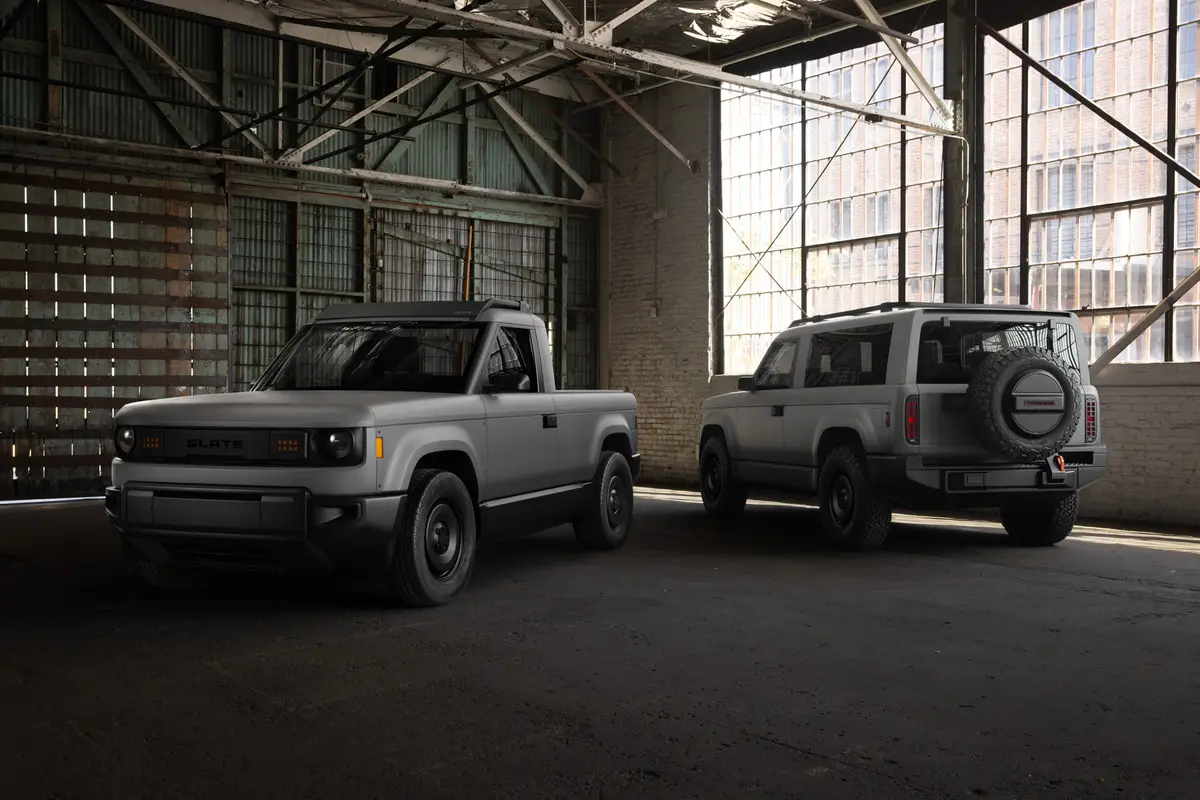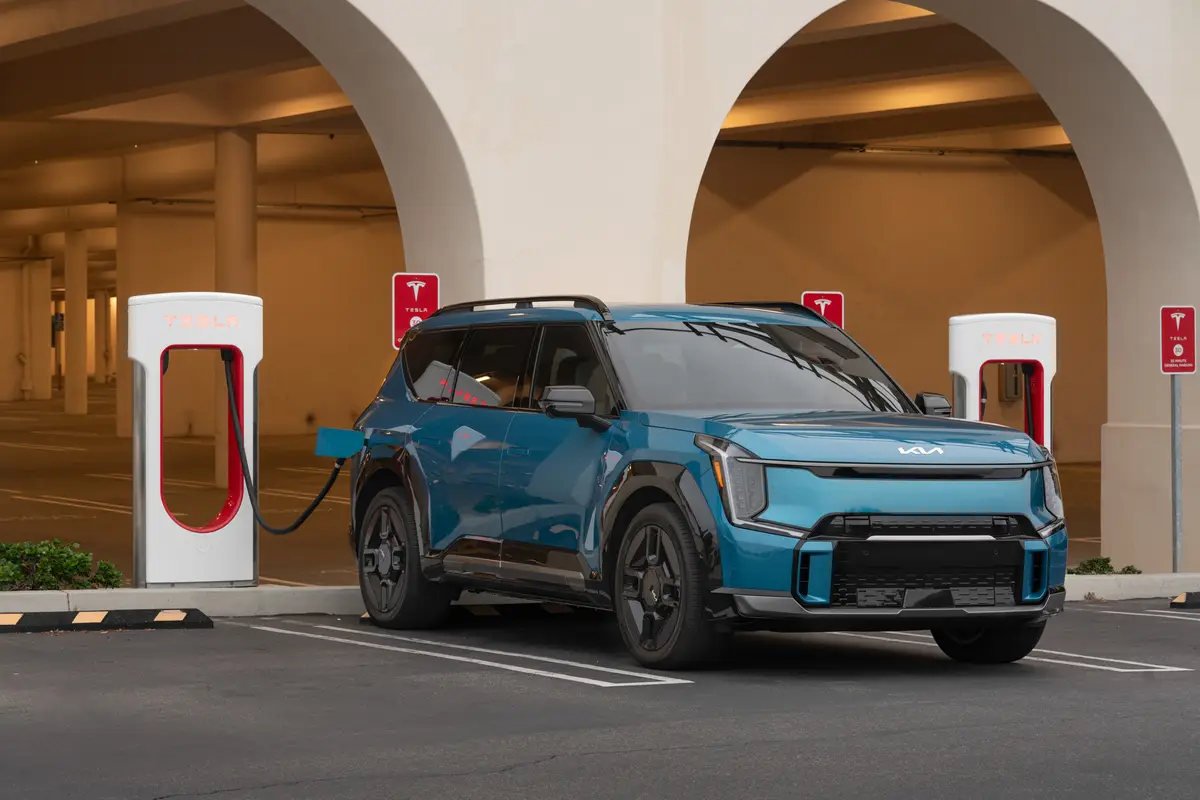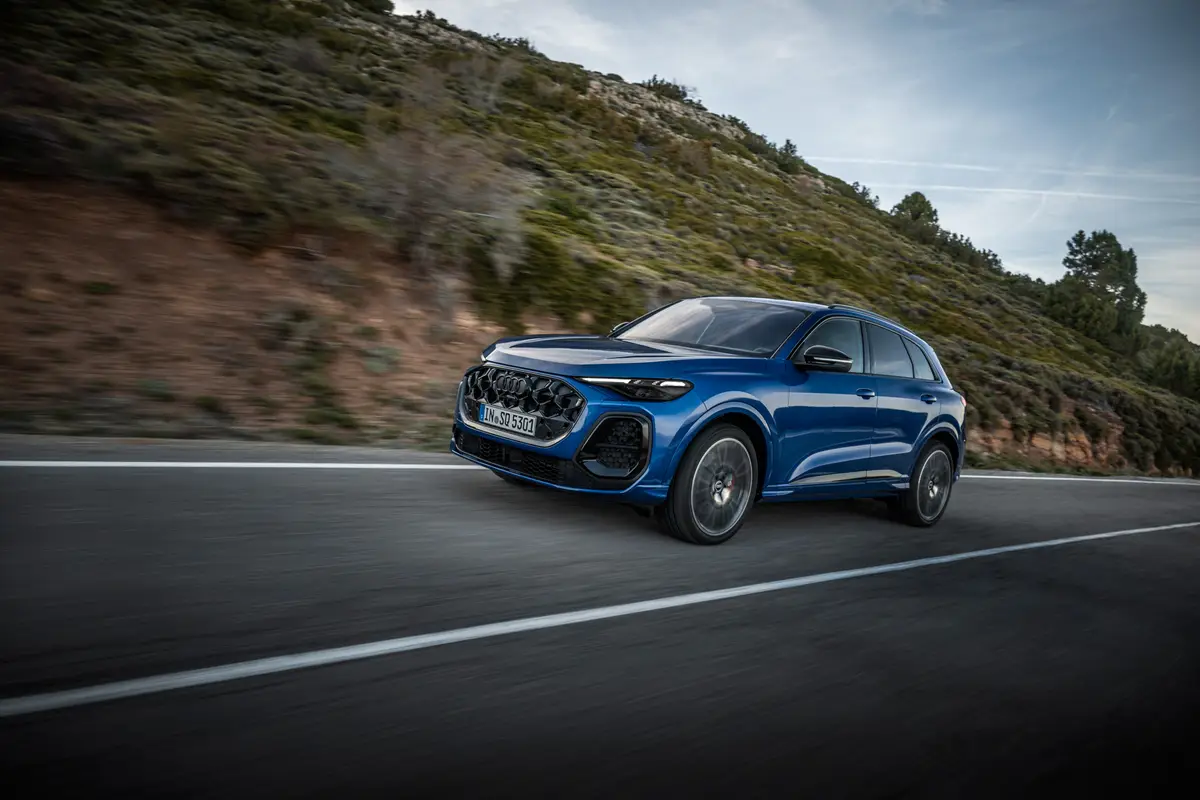The Morning Call and Mcall.com's view
No matter how nostalgic one gets for the good ol’ days, I’ll bet most new car shoppers wouldn’t want a new vehicle to be trimmed with a vinyl roof and opera lamps.
So, what bit of weird automotive nostalgia would make Subaru create a new model that seems to be little more than a new version of the Subaru Brat.
Ah yes, the Brat. It helped synthesize Subaru’s reputation for weird transportation.
After all, what other pickup “trucklet” featured a rear-facing seat in the cargo bed? It was the ultimate mother-in-law seat.
The new Baja lacks that feature, but it does have its share of eccentricity.
Based on the Legacy/Outback wagons, the Baja is stretched 6 inches, and trades its rear cargo area for a petite 3.5-foot cargo bed. That may be enough room to haul a few bags of fertilizer home or maybe a couple plants. Heck, it might be big enough for your pony-sized dog. But don’t look to haul anything particularly big.
Couple the short bed with the Baja’s four doors, and this Subaru has a particularly dorky look.
Tough looking? I don’t think so. Sporty? Hardly.
Thankfully, the drivetrain is superior to the styling. Which engine you get depends on trim level. There are three: Baja, Baja Sport and Baja Turbo.
The Baja and Baja Sport feature the Outback’s tried and true horizontally-opposed 2.5-liter four-cylinder engine. Good for a respectable 165 horsepower, its power is merely adequate for the Baja’s 3,600-plus-pound curb weight.
Better to opt for the new 2004 Baja Turbo. This model uses the same horizontally opposed turbocharged 2-liter four-cylinder engine found in the Subaru WRX STi. That means a ground-pounding 210 horsepower. All Bajas come with a five-speed manual transmission standard. A four-speed automatic is optional. Like all Subarus, the Baja employs all-wheel-drive.
Subaru provided a Baja Turbo for testing.
The Baja Turbo moves quicker than the class nerd running from a bully after school. With the horsepower and all-wheel-drive, this vehicle has good power and tenacious grip in all driving situations. The rack-and-pinion steering inspires confidence. This invites you to flog it like you’re driving your Baja across Baja.
But cornering is distinctly average, with lots of body lean coming on quickly. The four-wheel independent suspension does a good job in the ride department, endowing the vehicle with a firm, yet absorbent ride without all the bouncing typical of pickups.
The feel of the accelerator also inhibits things – a light feel that’s typical of Japanese vehicle manufacturers.
So this is no sports truck.
The interior is standard issue Outback, with easy to operate controls, legible gauges and a mediocre AM/FM/CD audio system.
Seat comfort is similar to the Outback – the seats are only slightly softer than a park bench.
Unlike the five-passenger Outback, the Baja accommodates four. This is because the center portion of the rear seats are use as a console and cupholder.
But Subaru also has designed some real utility into the rear seat, which folds down. Behind the seats you’ll find what Subaru calls a “Switchback.” This 30-inch wide opening allows for long, thin cargo to slip from the cargo bed into the passenger compartment. With such a small bed, it will be needed.
The Baja Turbo uses premium fuel, and returned a respectable 21 mpg in mixed driving. This is above average for any all-wheel-drive vehicle.
While the performance of the Baja Turbo is pretty good, its utility seems questionable. Obviously, buyers agree.
When the Baja was introduced in September 2002, Subaru was forecasting annual production of 24,000 units. But strong pricing and a recall to fix automatic transmissions hurt initial sales.
Subaru currently offers a $2,000 incentive and has reduced annual production to a mere 10 0 units.
While none of this will dissuade the Subaru faithful from buying this Brat-like offspring, it might give pause to those who need real pickup utility and the wealth of offerings available from other manufacturers.
Latest news



